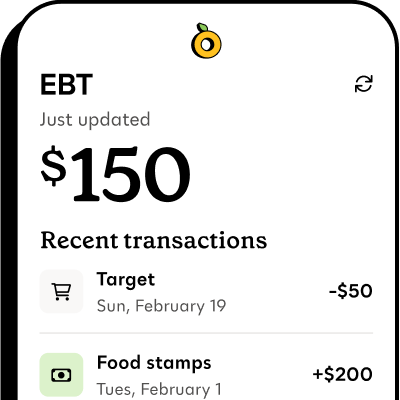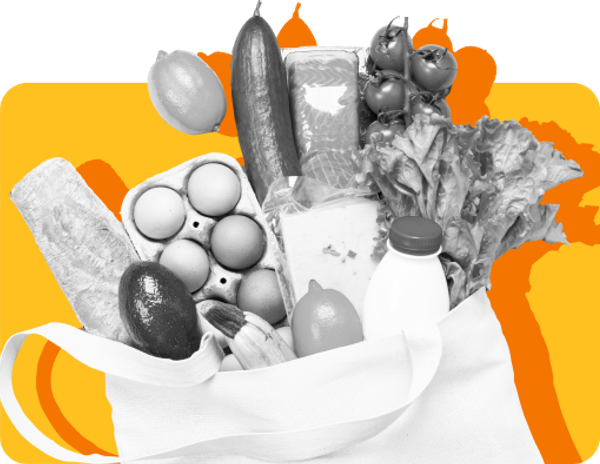When did food stamps start?

Table of contents
The first food stamp program in the U.S. was launched on May 16, 1939 in Rochester, New York. It was created to support farmers and help Americans who were struggling to buy food.
Starting in just one city, the program quickly expanded to other counties in the United States and eventually reached millions of people.
Read on to learn how this early version ultimately led to what we know as the Supplemental Nutrition Assistance Program (SNAP).

Propel is the #1-rated EBT balance checking app
Why was SNAP created?#why-was-snap-created
SNAP originated during the end of the Great Depression, a time when millions of Americans were going hungry and farmers were producing more food than could be sold.
In order to stop food waste and help people afford basic groceries, the Secretary of Agriculture Henry Wallace and the program's first Administrator Milo Perkins started a program that gave people orange and blue stamps to be used at participating grocery stores.
When someone bought $1 of orange stamps, they received 50 cents in blue stamps for free. Orange stamps could be used to buy any type of food while blue stamps were limited to the food that the government had in surplus.
How the program helped:
- Gave Americans a way to buy food they needed
- Supported farmers by creating a market for surplus goods
- Reduced food waste by putting extra crops to use
- Helped grocers by bringing in more customers and boosting sales
By 1943, the program had helped 20 million people and ended as economic conditions improved. It was later revived by President John F. Kennedy in 1961.
A quick history of the SNAP program#a-quick-history-of-the-snap-program
The Food Stamp Program went through many changes after its 1939 inception. Here’s a brief timeline of key SNAP milestones:
1961–1964: Revival under President Kennedy
- A new pilot program began without the surplus-only “blue stamp” requirement.
- Participation grew quickly.
1964: Food Stamp Act signed into law
- President Lyndon B. Johnson made the program permanent as part of the War on Poverty.
1974: Nationwide availability
- SNAP (then the Food Stamp Program) expanded to all 50 states.
1990s–2000s: Modernization
- Paper stamps were phased out in favor of Electronic Benefits Transfer (EBT) cards.
- In 2008, the name officially changed to SNAP to reflect a more modern, nutrition-focused program.
SNAP today#snap-today
As of 2025, SNAP provides benefits to roughly 42 million Americans every month and is an essential resource for reducing food insecurity across the country.
In recent years, technology has made SNAP more accessible and easier to use. Apps like Propel make managing EBT balances and tracking spending simple and convenient.
These tools show how SNAP continues to evolve and adapt to modern needs while fulfilling its original goal of helping people gain access to food.







